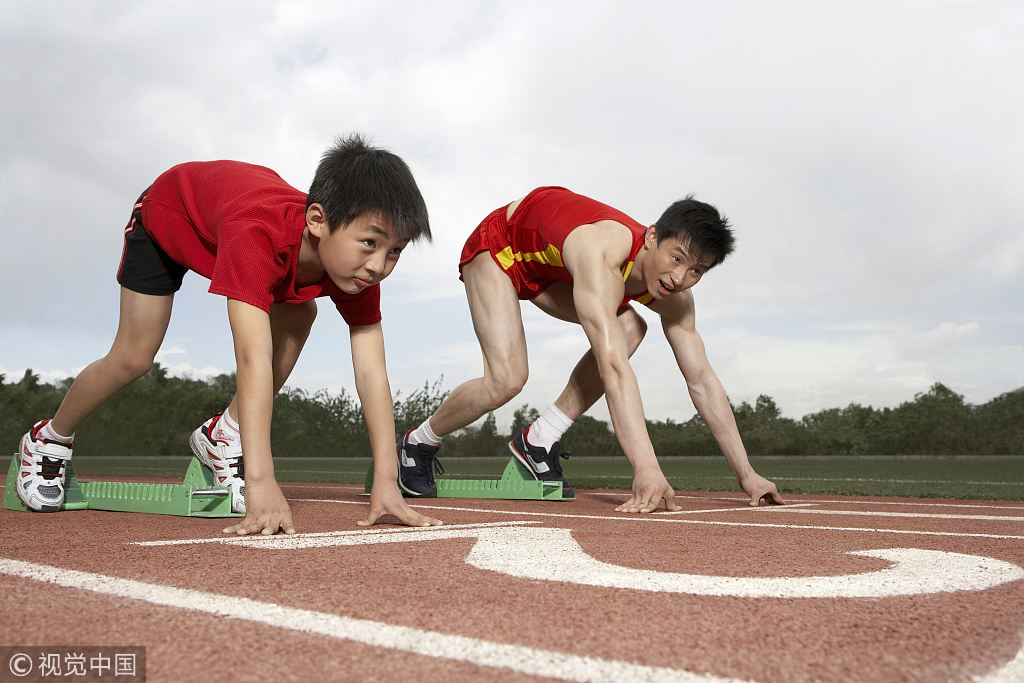
Analysis
21:21, 16-Mar-2019
Education reform, a must for brain gains
Yang Chuchu

China will continue to reduce the excessive academic workload on primary and secondary school students, Minister of Education Chen Baosheng said recently on the sidelines of the Two Sessions, highlighting the importance of education reform.
Heavy pressure on good test scores pushes many teachers to assign excessive workload to students, and parents to arrange a variety of afterschool classes. As a result, there is little room for invoking students' ability in other areas, such as critical and independent thinking. And the test-focused education system puts great emphasis on memorizing, worsening the situation.
Too much attention paid to scores breeds the overloading of homework and exerts negative influences on students' physical and mental development. And it also will influence students' ideas on education, suggesting that scores are the only or most important standard for education.
Much like the U.S. under the No Child Left Behind program, China's education system is famous for its rigid learning systems characterized by standardized tests, such as gaokao, the national college entrance exam which was reintroduced in 1977. Getting excellent scores in the exam is a prerequisite for gaining admission to good universities, and eventually good job opportunities.
However, while gaokao helps the country cultivate a mass of talents, shortcomings have emerged, necessitating education reform.
The quest for modernization
Recently, China has issued the "Chinese Modernization of Education 2035," a plan for the realization of modernization of education by 2035, which has highlighted targets such as building world-class universities and opening education further to the world.
As China seeks education modernization, active participation in global education governance and contribution of its education wisdom, it still faces many hurdles in its own education system.
For example, the nation still has a long way to go in building world-class universities, in talent cultivation and teaching. In universities, more attention is paid to research than the education of talents. And the much-specialized education system in higher education, which has been influenced by the system in the former Soviet Union, cannot catch up with the requirements in modern society. Nowadays, the strong demand for talent with interdisciplinary knowledge has outlined the need for education modernization.
Besides, under the opening-up item, China's education internationalization is still below a satisfactory level and needs to be improved.
Western countries create a beneficial environment for education internationalization by enacting laws and implementing policies, such as promoting education cooperation among transnational universities. All these have alerted China to the need to promote education reform for the sake of modernization of the sector.

A reform of rigid learning systems is required. /VCG Photo
A reform of rigid learning systems is required. /VCG Photo
A driver of innovation
A country's innovation capacity is closely related to its education system. According to the 2018 Global Innovation Index, China trailed behind its neighboring Asian countries, with a rank of 17 over its capacity for innovation. Among other factors, test-focused education should be partly blamed for this.
While China has surprised the world with its students' satisfactory performance in international tests such as the Program for International Student Assessment tests, the lack of students with a creative edge has become a bottleneck for the country's future development, considering the increasingly important role of innovation in development.
Education reform has to pay more attention to releasing the pressure on students and developing their critical thinking, as well as changing teaching modes and enrollment methods. And with more efforts to shape critical thinking, China's economy and domestic industries can make more inroads as international trailblazers.

Children need to do more than just sit exams. /VCG Photo
Children need to do more than just sit exams. /VCG Photo
The push for education equality
Education equality has always been a buzzword in education circles. However, considering the complex and various situations in different regions, realizing education equality is deemed to be an arduous task.
Education, which is used as a tool by many for dissolving inequality, faces inequality itself. In fact, education inequality is a global problem, even in developed countries.
China also faces obstacles in realizing education equality. Regarding enrollment quotas, it has been criticized for the gap between first-tier cities and other underdeveloped areas. Besides, the emigration of human resources from villages to cities in search of better job opportunities, and the uneven educational resources in different areas mean students in cities can have better teaching resources and equipment, compared with their counterparts in villages, intensifying education inequality.
Therefore, education reform aims at offering a level playing field for all students to enjoy diversified educational pathways while helping them realize their own value in the long run.
With reform underway, education in China is bound to brace for more brain gains in the future.
(If you want to contribute and have specific expertise, please contact us at opinions@cgtn.com.)

SITEMAP
Copyright © 2018 CGTN. Beijing ICP prepared NO.16065310-3
Copyright © 2018 CGTN. Beijing ICP prepared NO.16065310-3